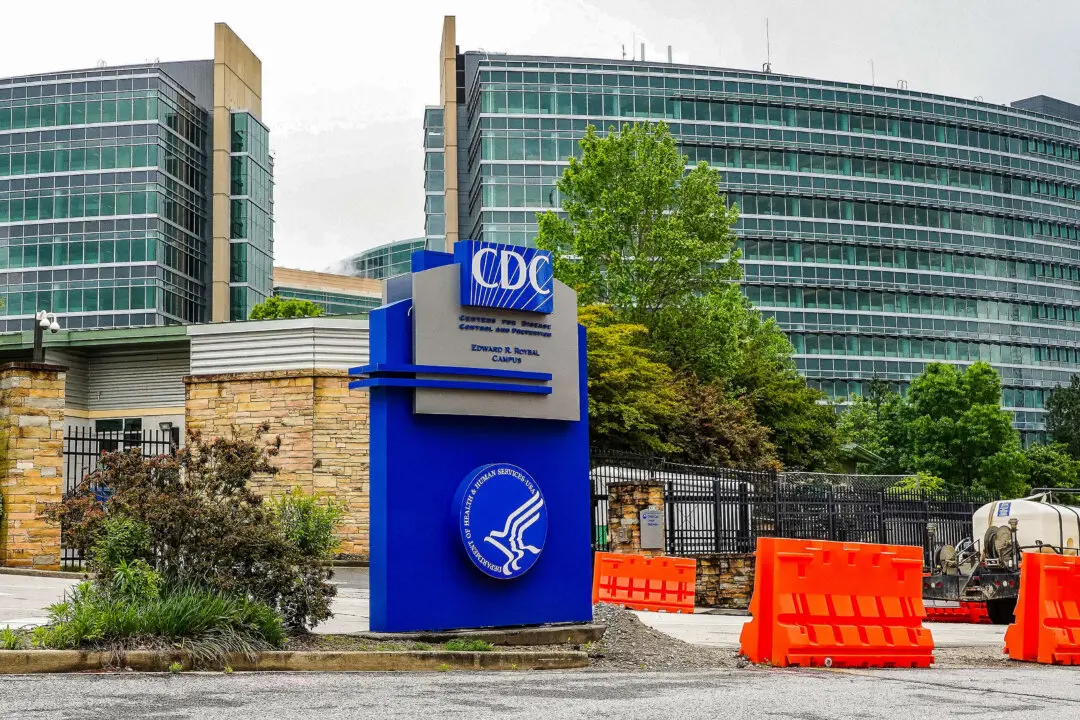After Russia announced Tuesday that it will pull out some troops from near the Ukrainian border, top NATO officials expressed that they are “cautiously optimistic” for a de-escalation of tensions.
“There are signs from Moscow that diplomacy should continue. This gives grounds for cautious optimism. But so far we have not seen any sign of de-escalation on the ground from the Russian side,” NATO Secretary-General Jens Stoltenberg told reporters Tuesday morning following Russia’s announcement.





